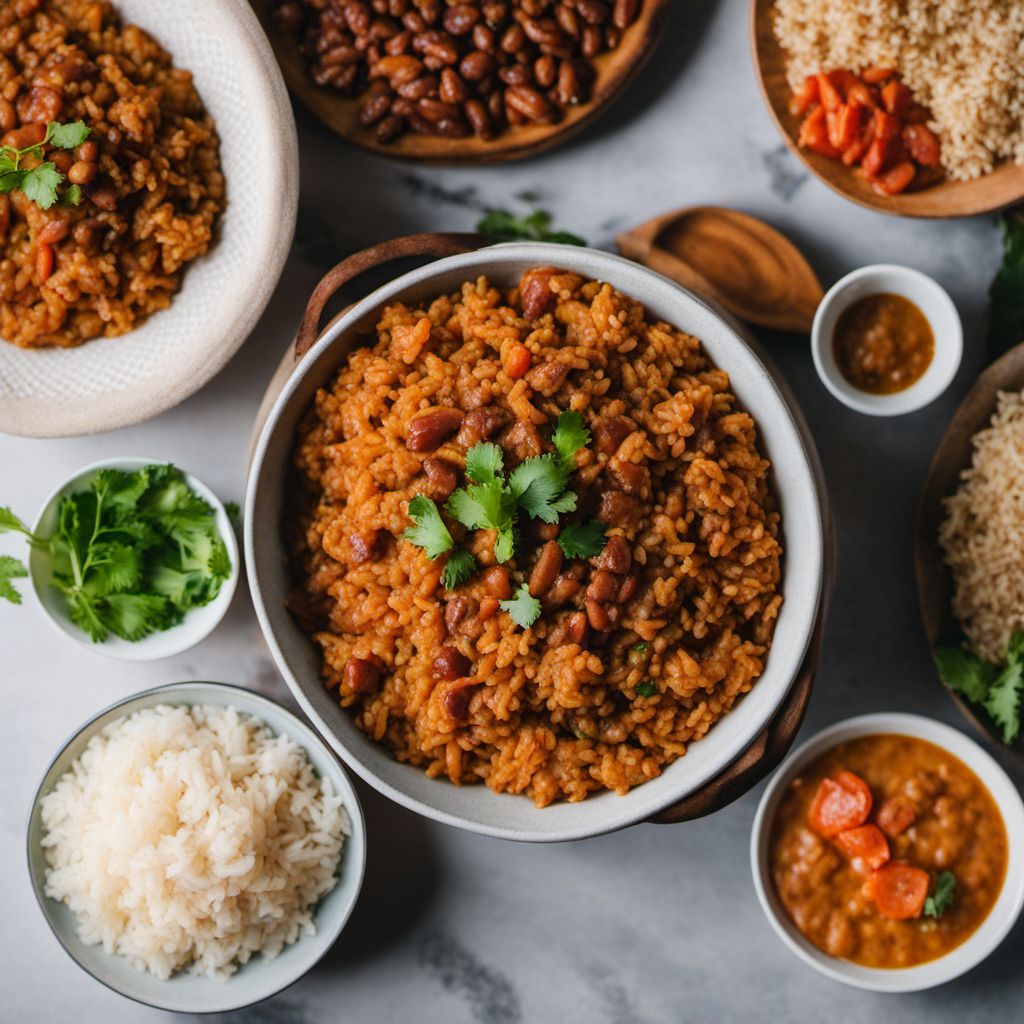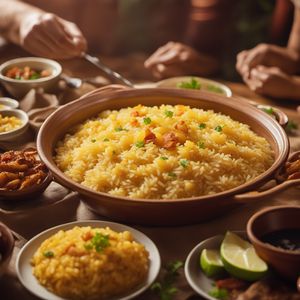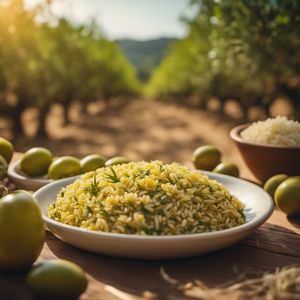
Dish
Rice-banke
Rice-banke is made with long-grain rice and black-eyed peas, which are cooked together with onions, tomatoes, and spices. The dish is finished with a drizzle of palm oil, which gives it a rich, nutty flavor. The result is a flavorful and satisfying dish that is perfect for a cold winter night or a lazy Sunday afternoon.
Origins and history
Rice-banke originated in Nigeria, where it is a staple dish in many households. It is often served with a side of fried plantains or yams, and is a popular street food in many Nigerian cities.
Dietary considerations
This dish is suitable for vegetarians and vegans, but may not be suitable for those with nut allergies. It is also high in carbohydrates, so it should be enjoyed in moderation.
Variations
Variations of this dish can include the addition of meat or fish, such as chicken or smoked fish. Some recipes also call for the addition of coconut milk, which gives the dish a creamy texture and a slightly sweet flavor.
Presentation and garnishing
This dish should be served in a large bowl, with the rice and beans arranged attractively. A drizzle of palm oil and a sprinkle of fresh herbs can be used to garnish the dish.
Tips & Tricks
To ensure that the rice and beans are cooked properly, it is important to soak them overnight before cooking. The dish should be stirred frequently to prevent sticking, and the palm oil should be added just before serving to enhance the flavor of the dish.
Side-dishes
This dish can be served with a side of fried plantains or yams, or with a simple green salad. A cold beer or a glass of iced tea is a great accompaniment.
Drink pairings
A light beer, such as a lager or pilsner, pairs well with this dish. A glass of red wine, such as a Cabernet Sauvignon or Merlot, can also be a good choice.
Delicious Rice-banke recipes
More dishes from this category... Browse all »

Aji nigiri sushi
Japanese cuisine

Akami nigiri sushi
Japanese cuisine

Anago nigiri sushi
Japanese cuisine

Arroz a la plancha
Spanish cuisine

Arroz a la tumbada
Mexican cuisine

Arroz al forn
Spanish cuisine

Arroz al jerez
Spanish cuisine

Arroz al olivar
Spanish cuisine
More cuisines from this region... Browse all »

Albanian cuisine
Savory, Herbaceous, Tangy, Citrusy

Aromanian cuisine
Savory, Herbaceous, Tangy, Citrusy

Croatian cuisine
Fresh, Simple, Light, Tangy

Greek cuisine
Fresh, Flavorful, Tangy, Salty

Kosovan cuisine
Hearty, Flavorful, Herbaceous, Spicy, Tangy

Macedonian cuisine
Savory, Hearty, Spicy, Tangy, Rich

Montenegrin cuisine
Fresh, Light, Tangy, Savory

Serbian cuisine
Savory, Hearty, Spicy, Tangy, Rich

